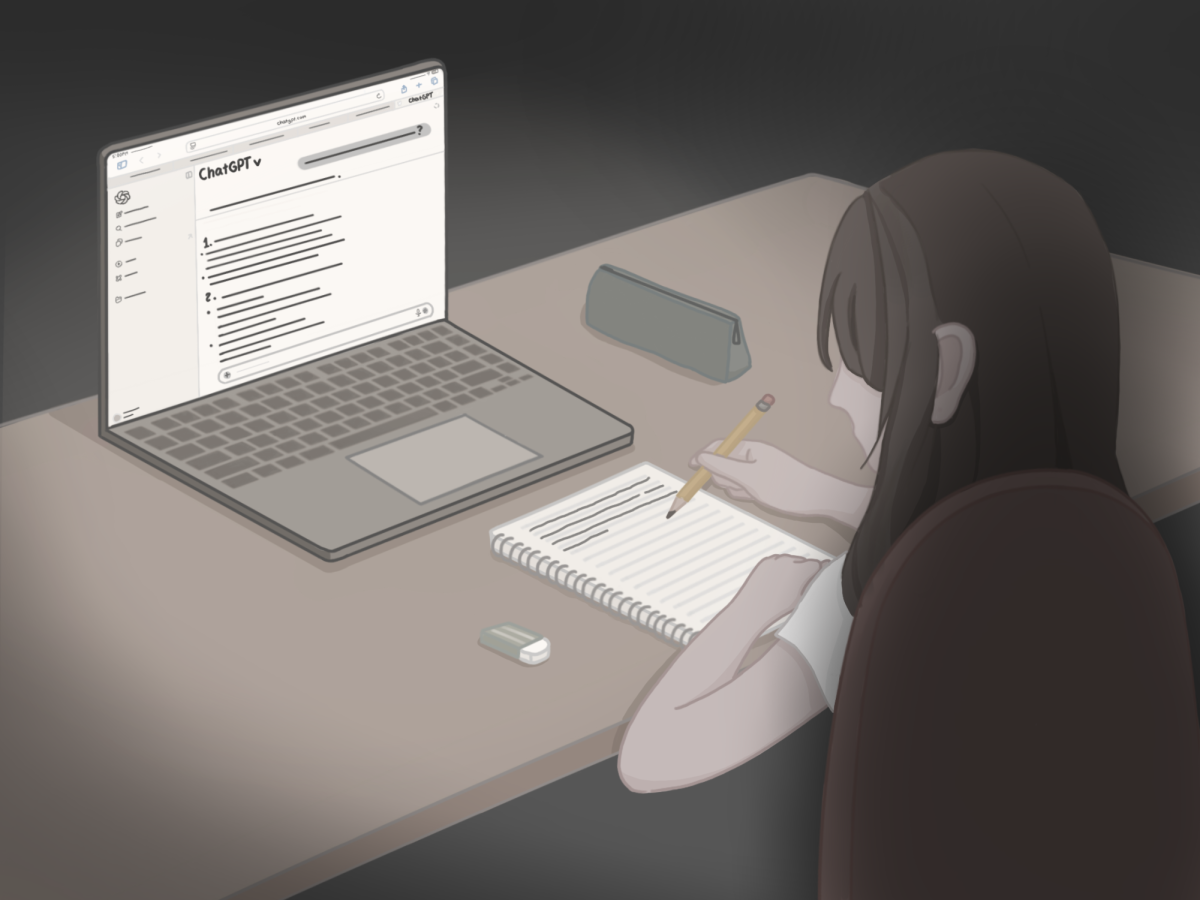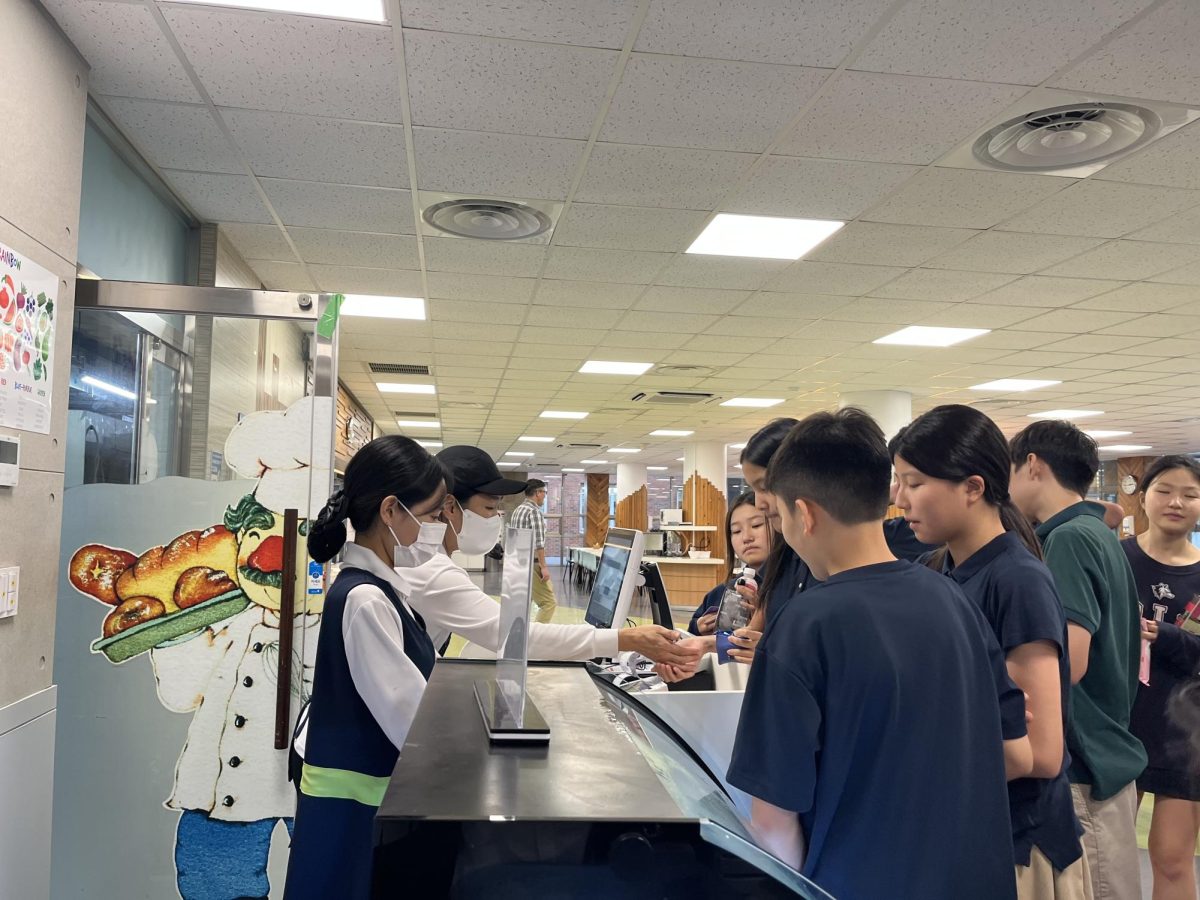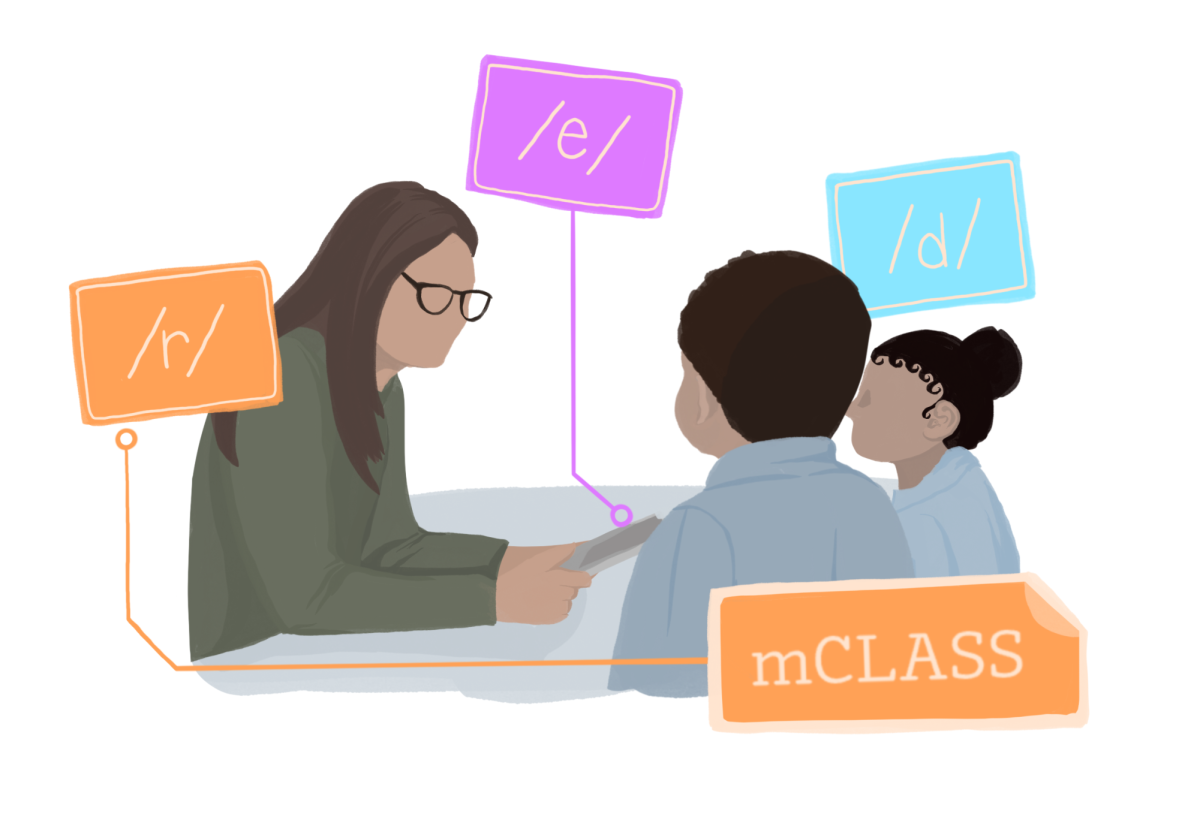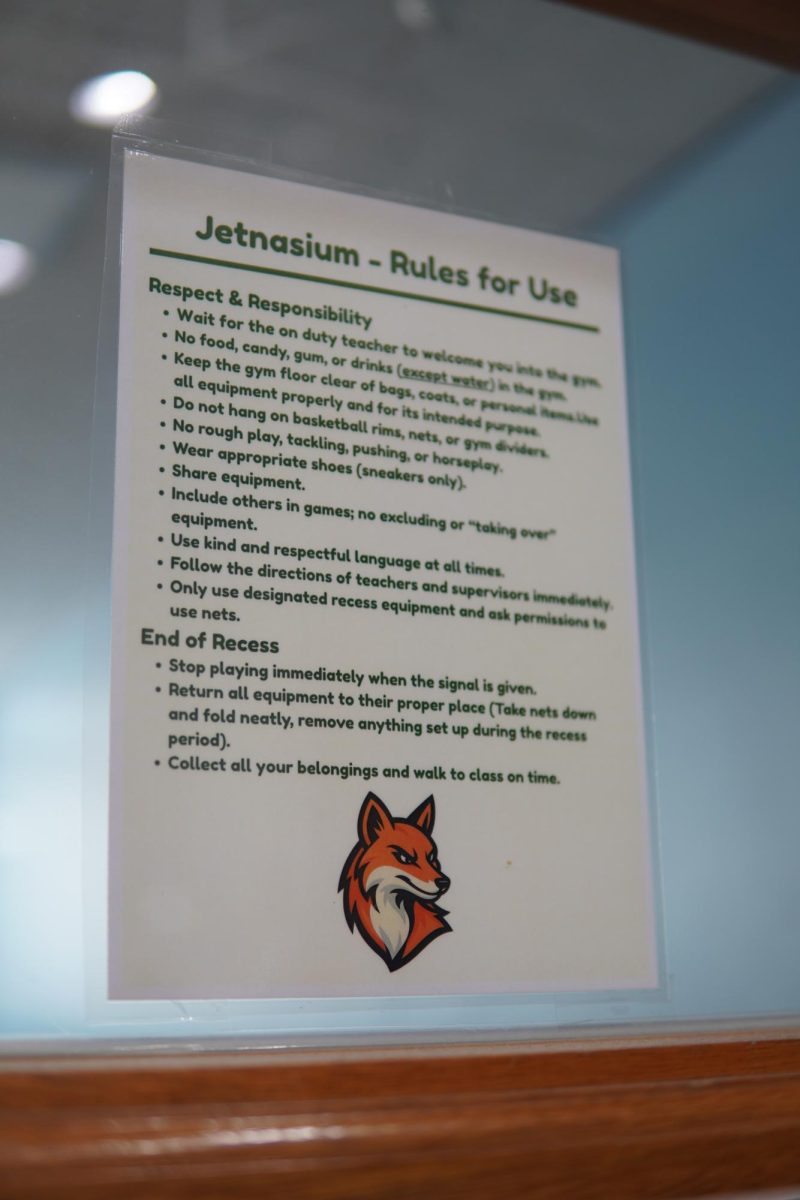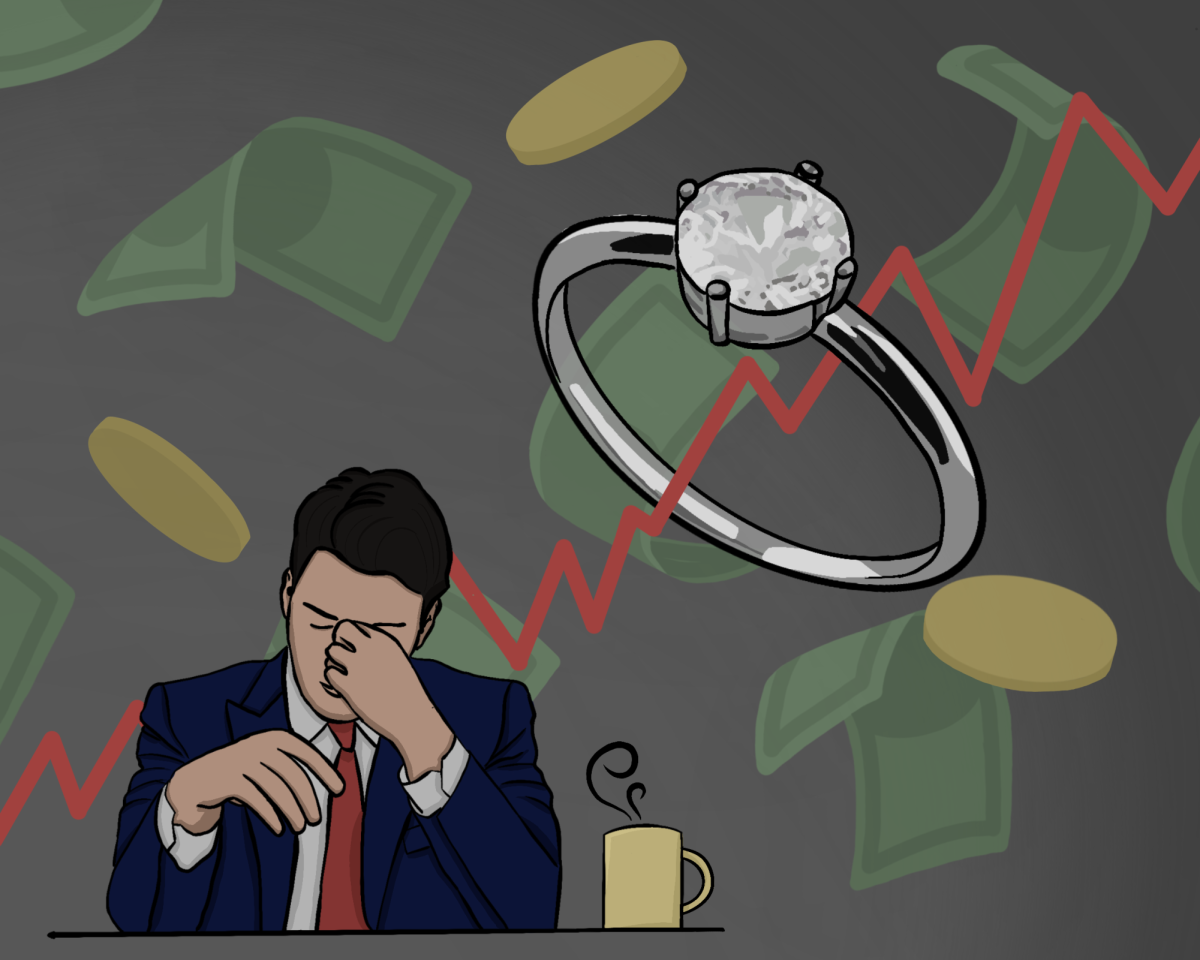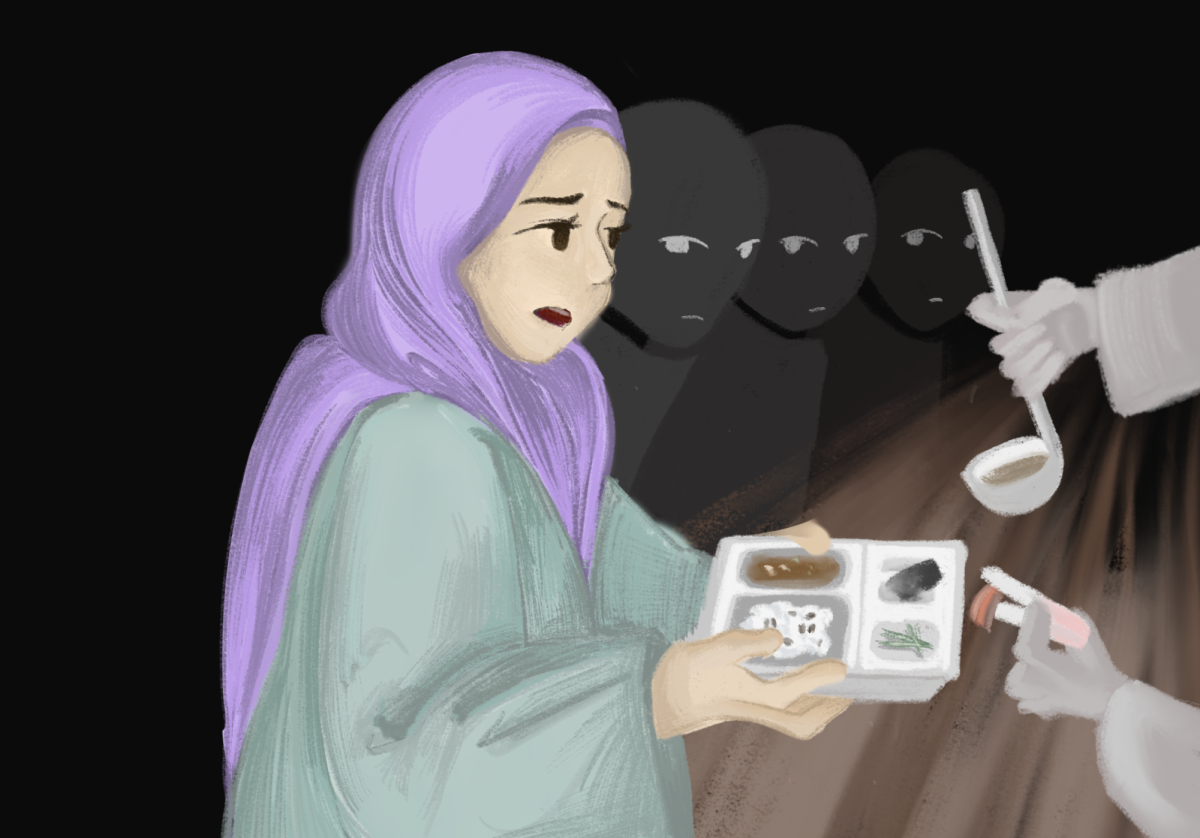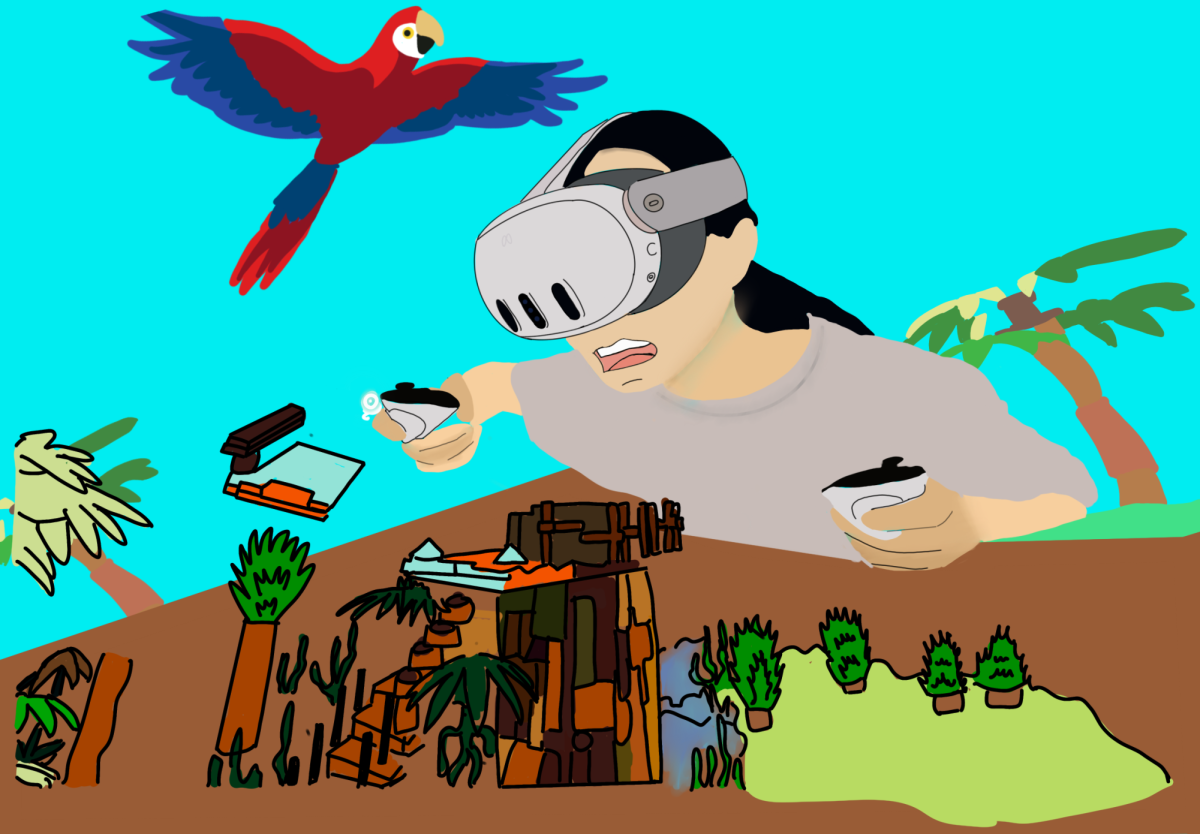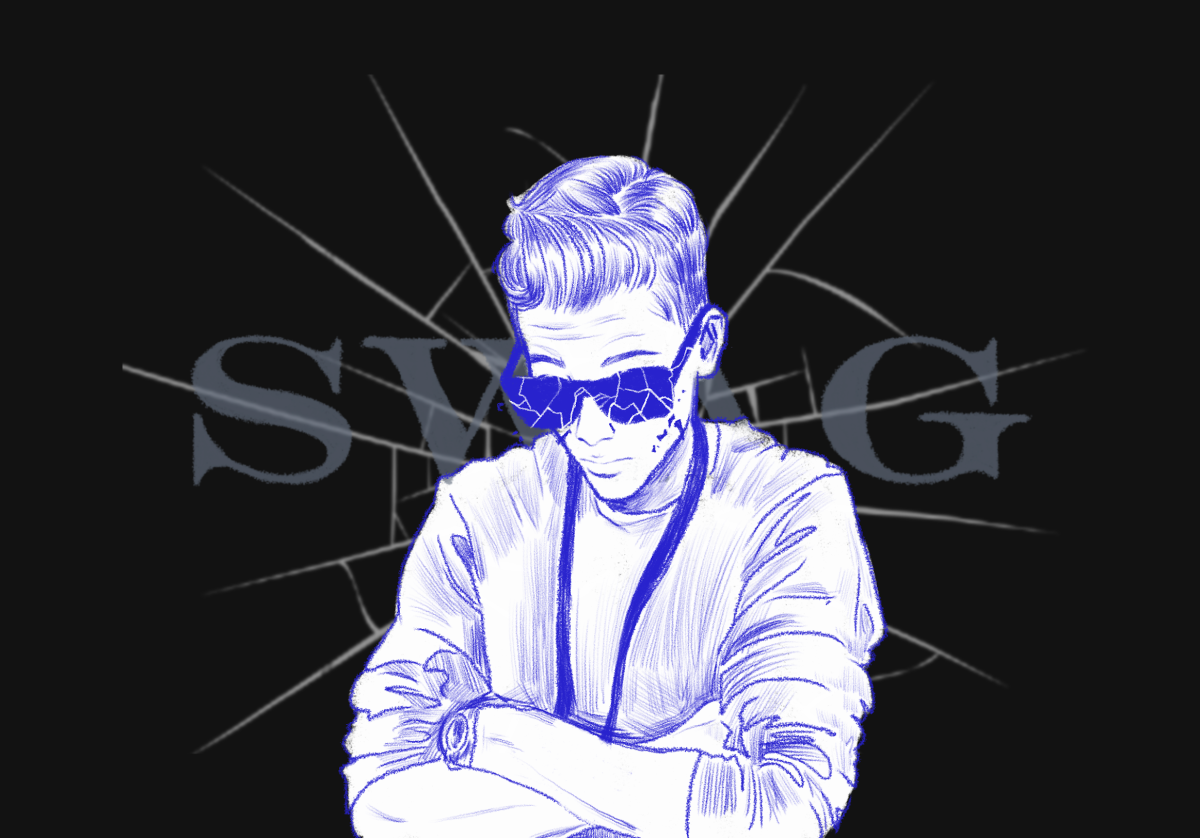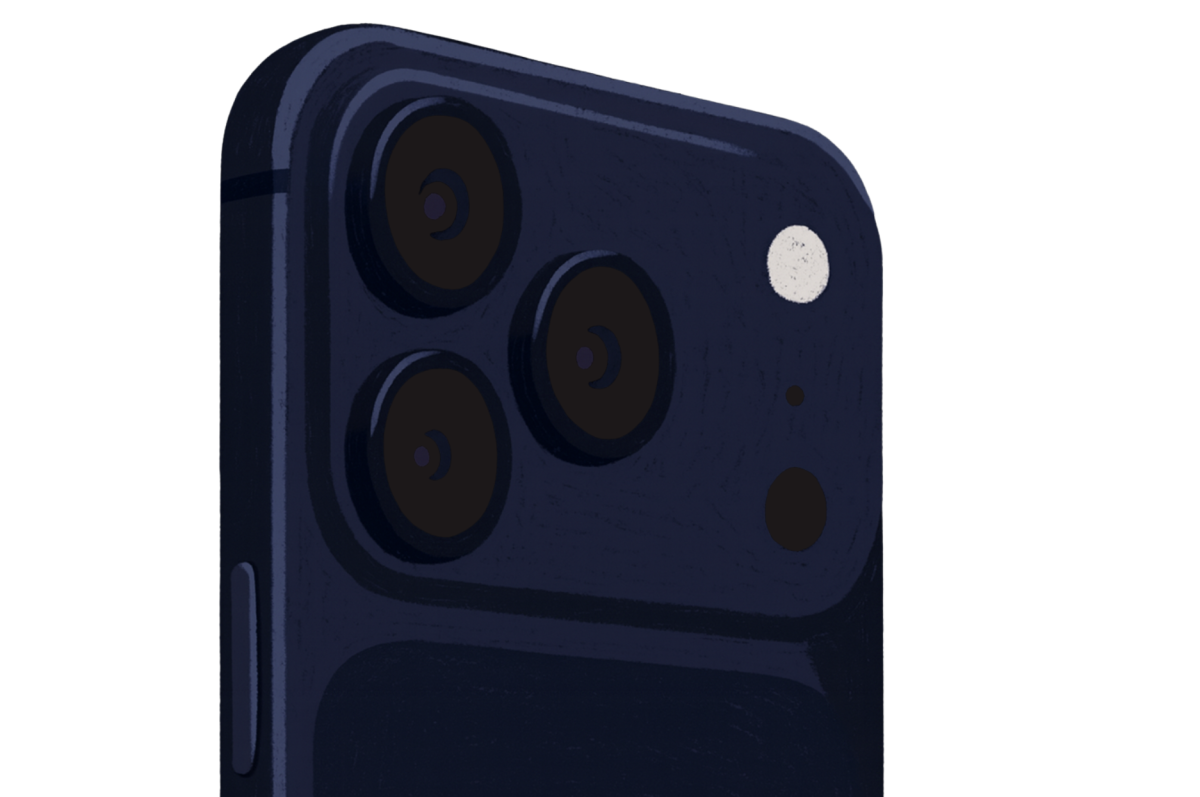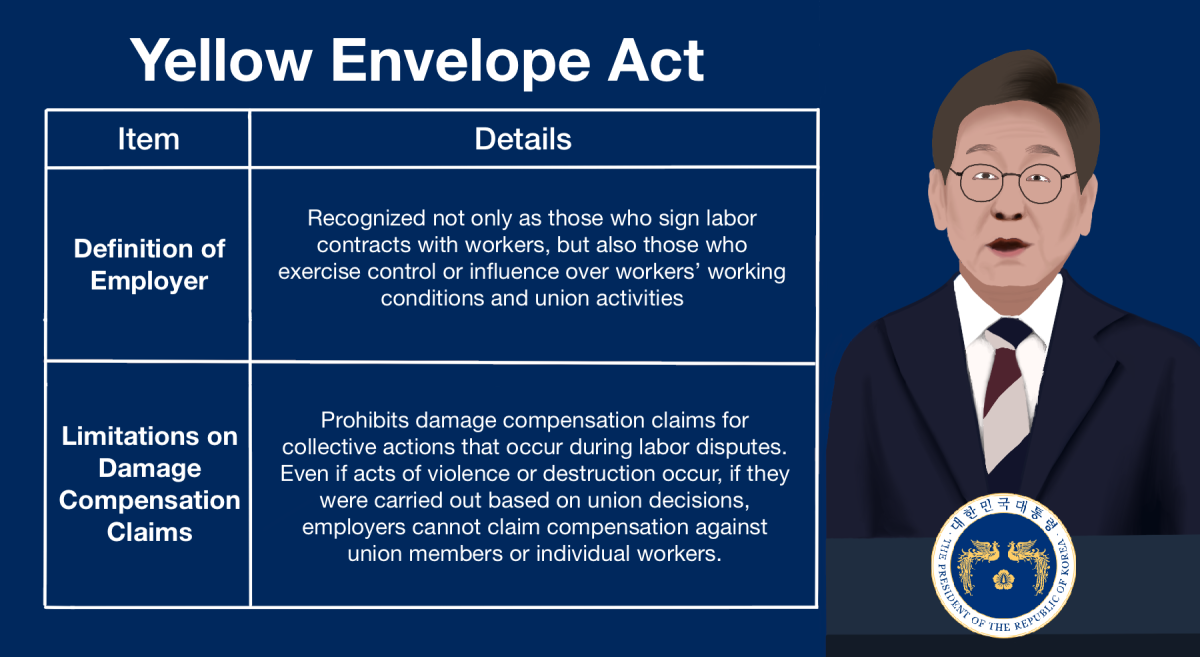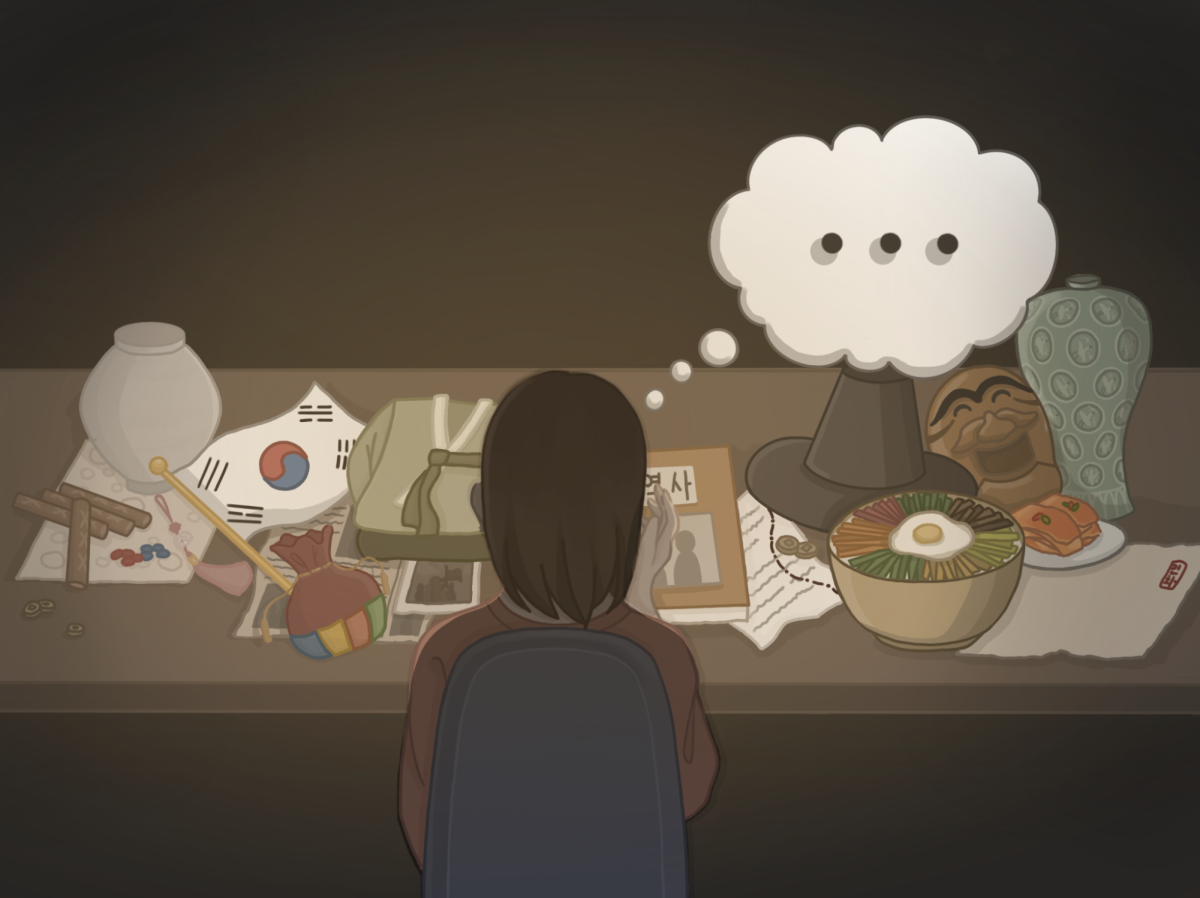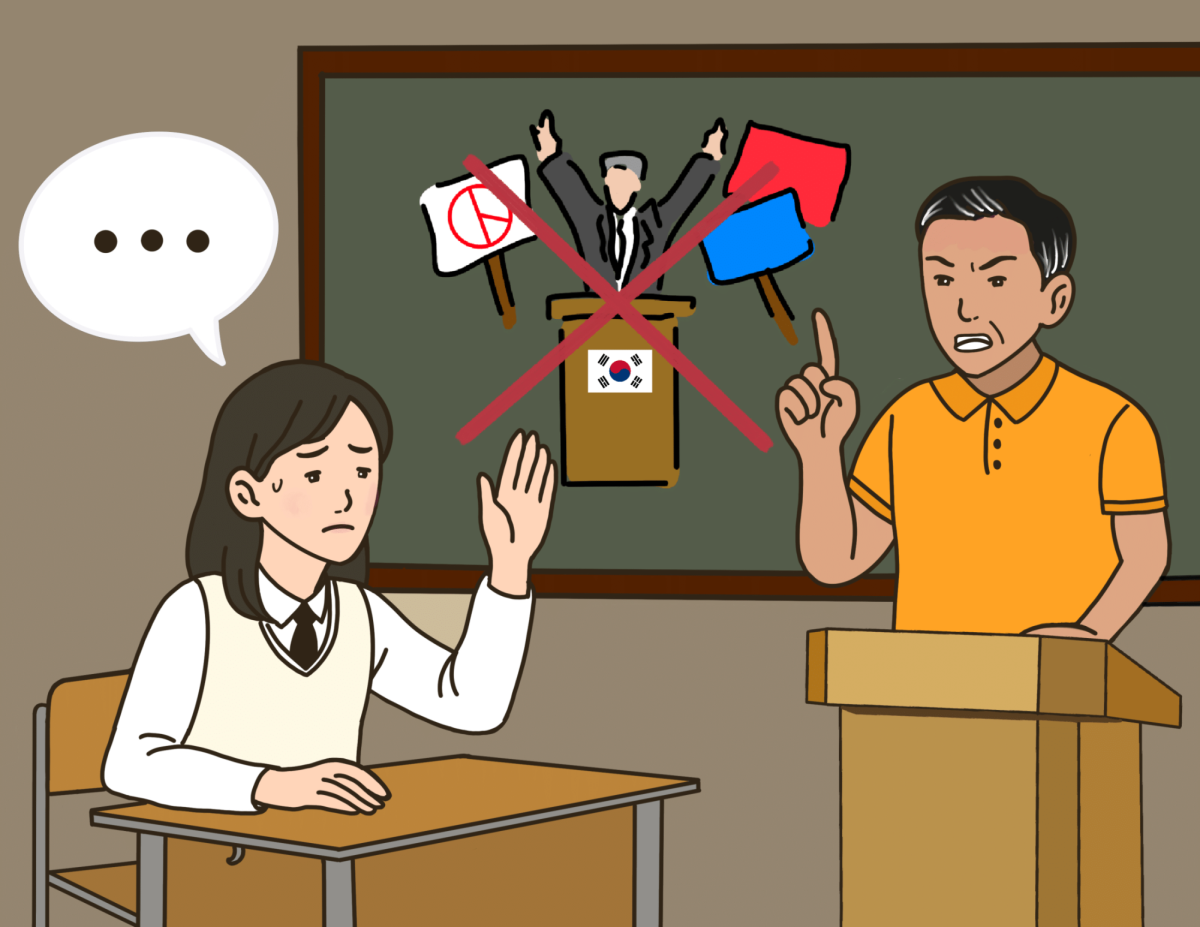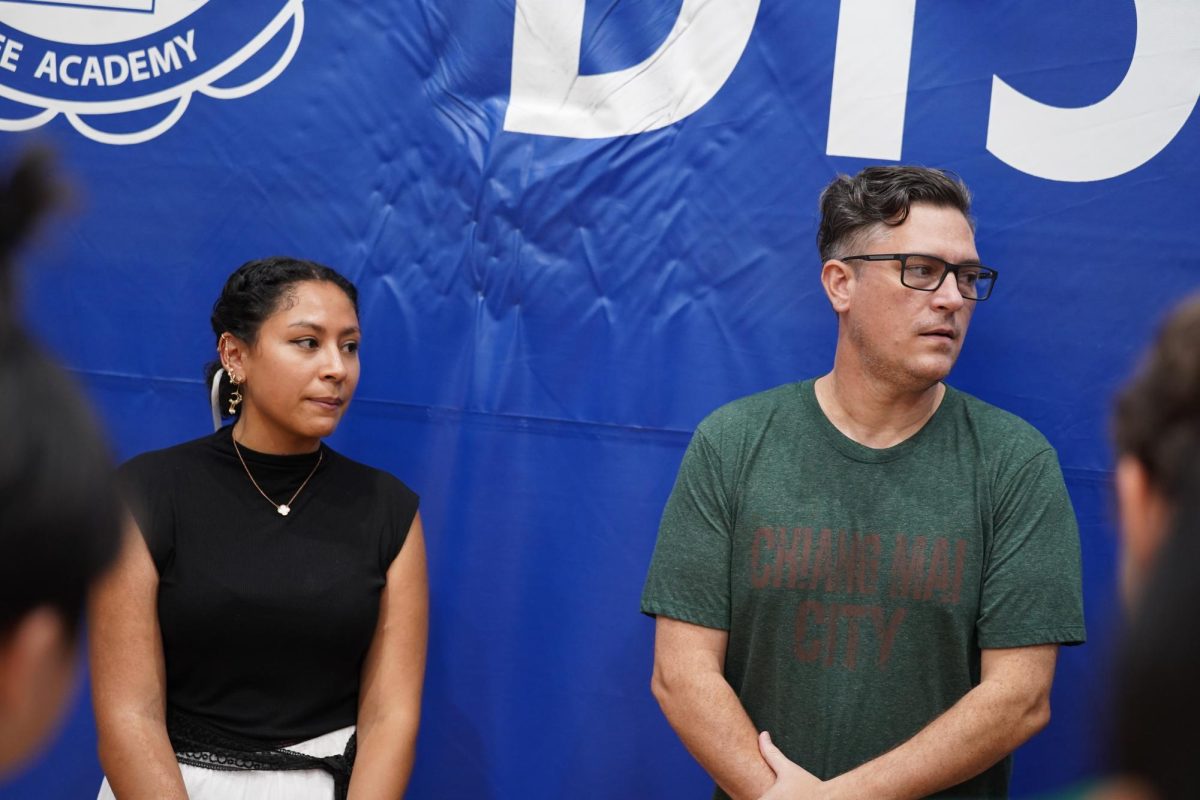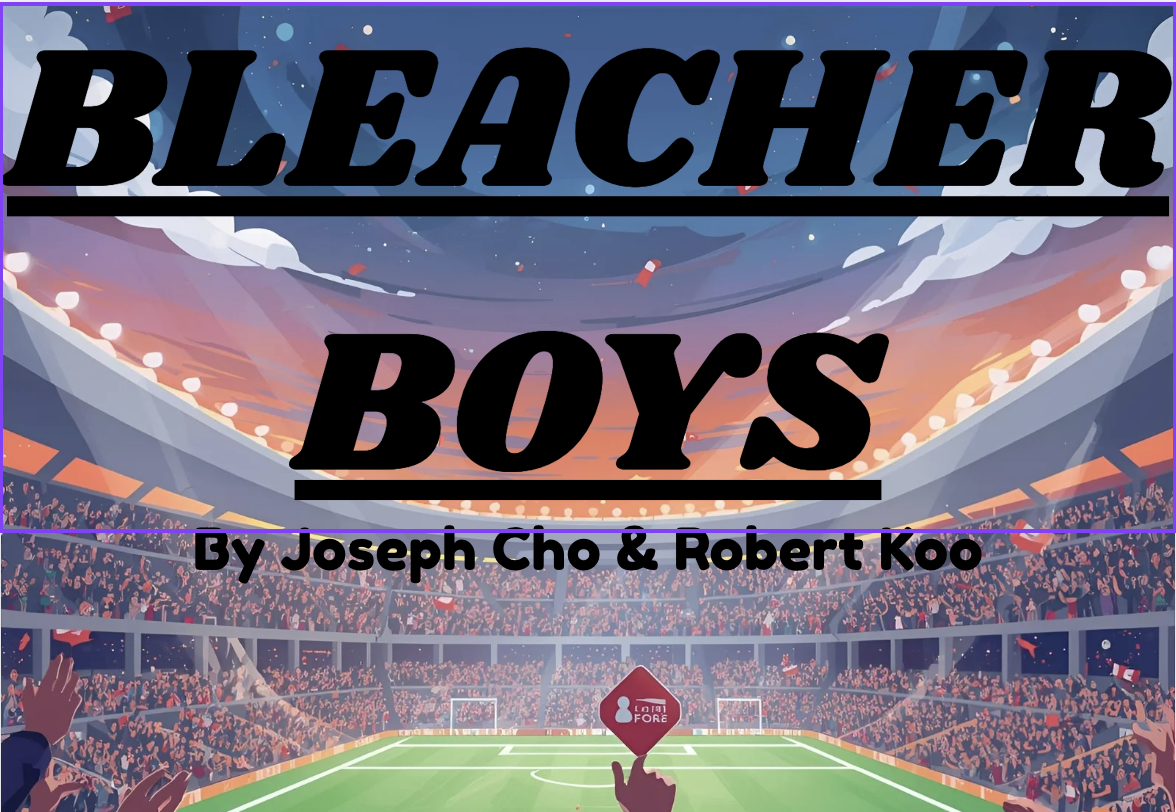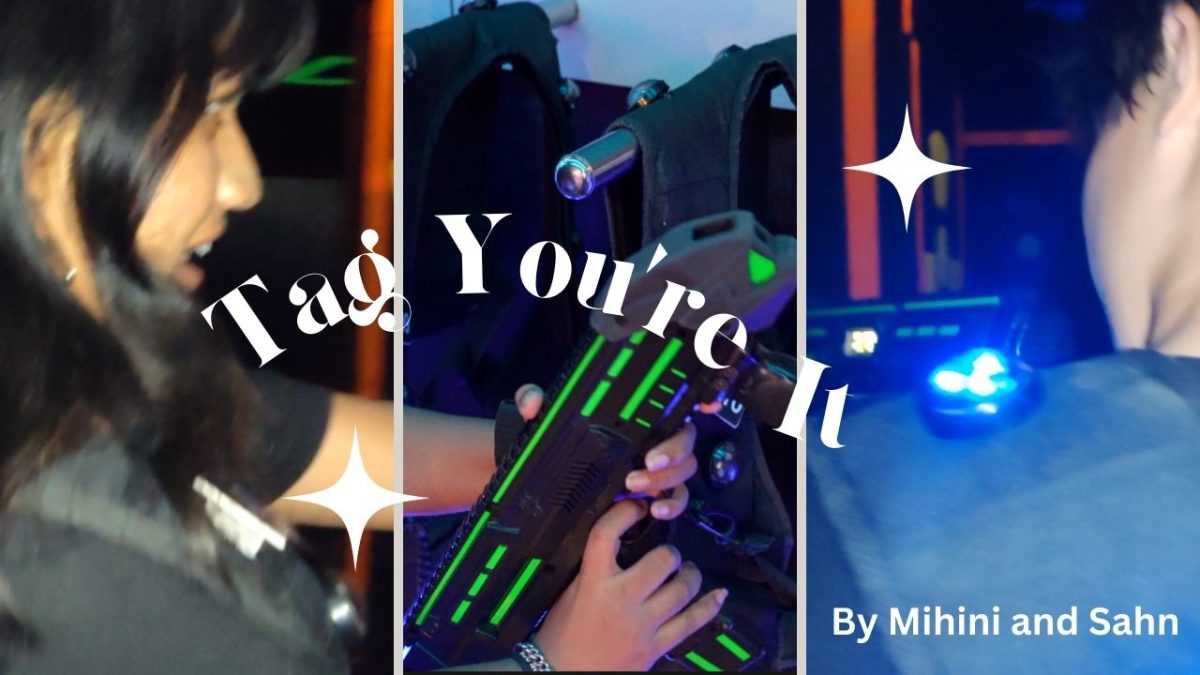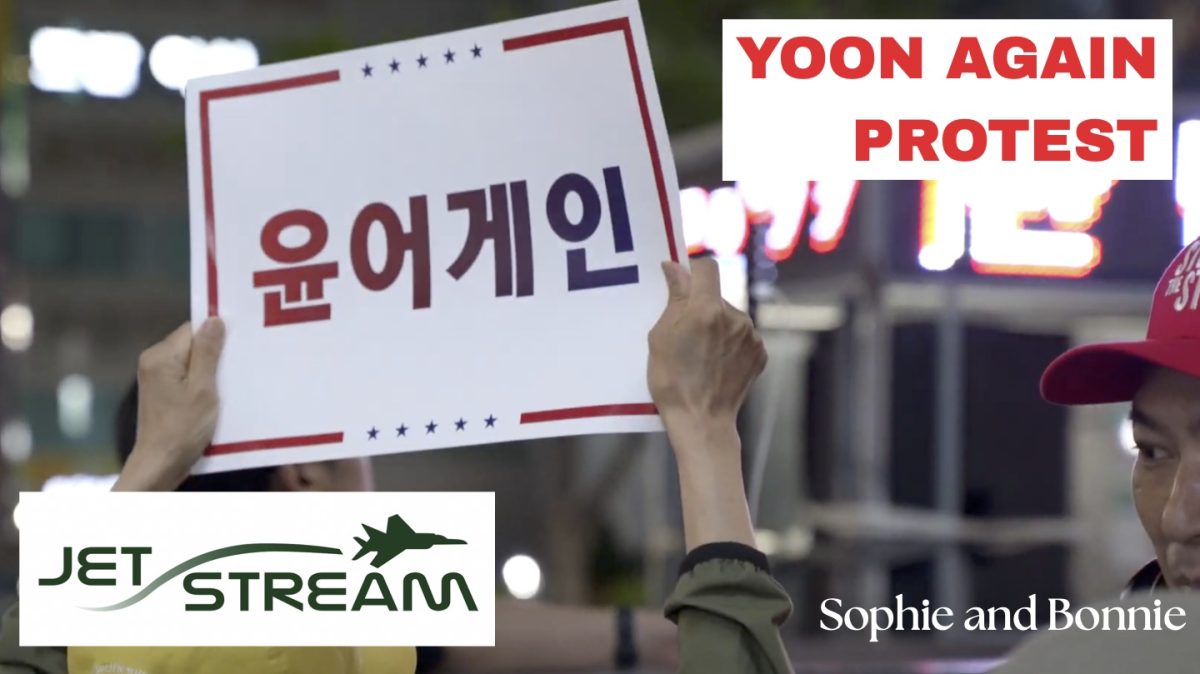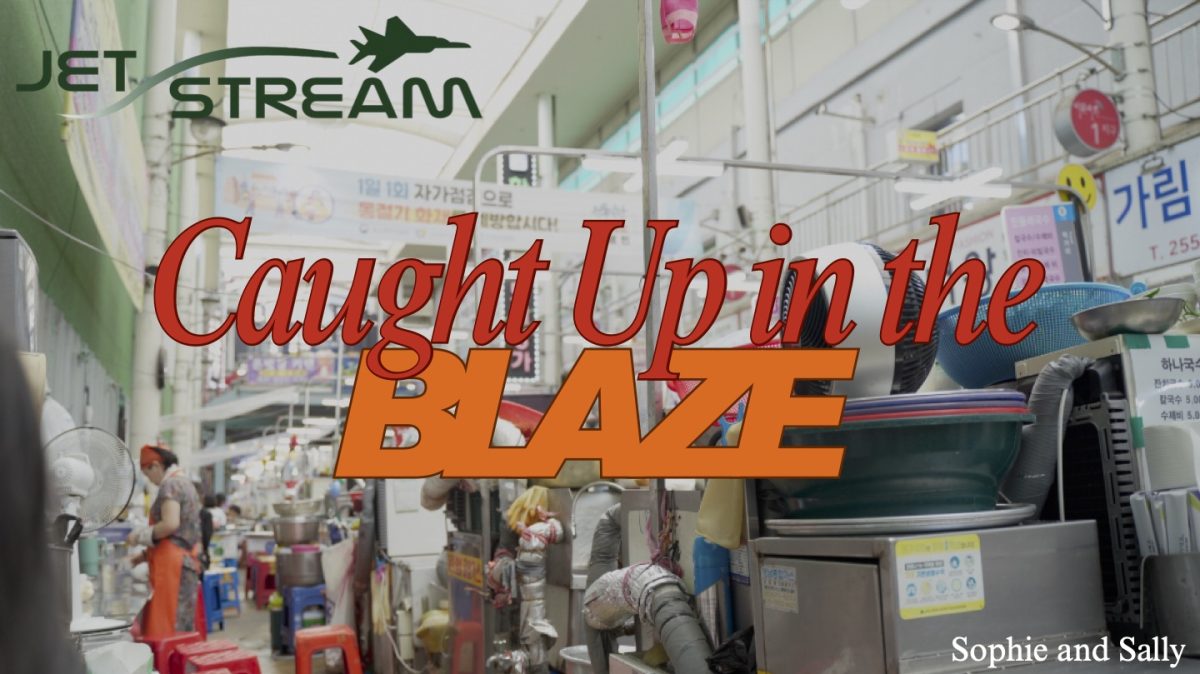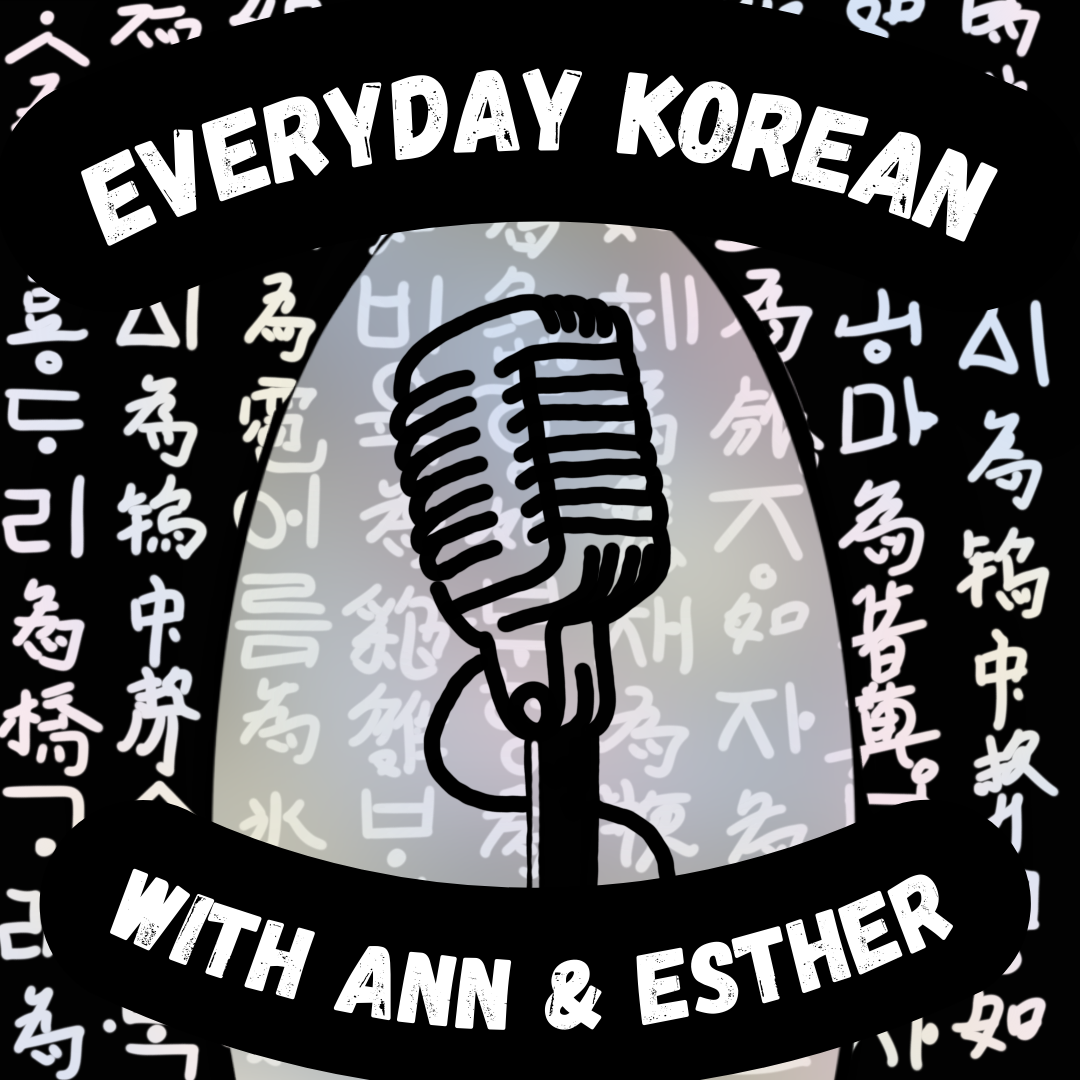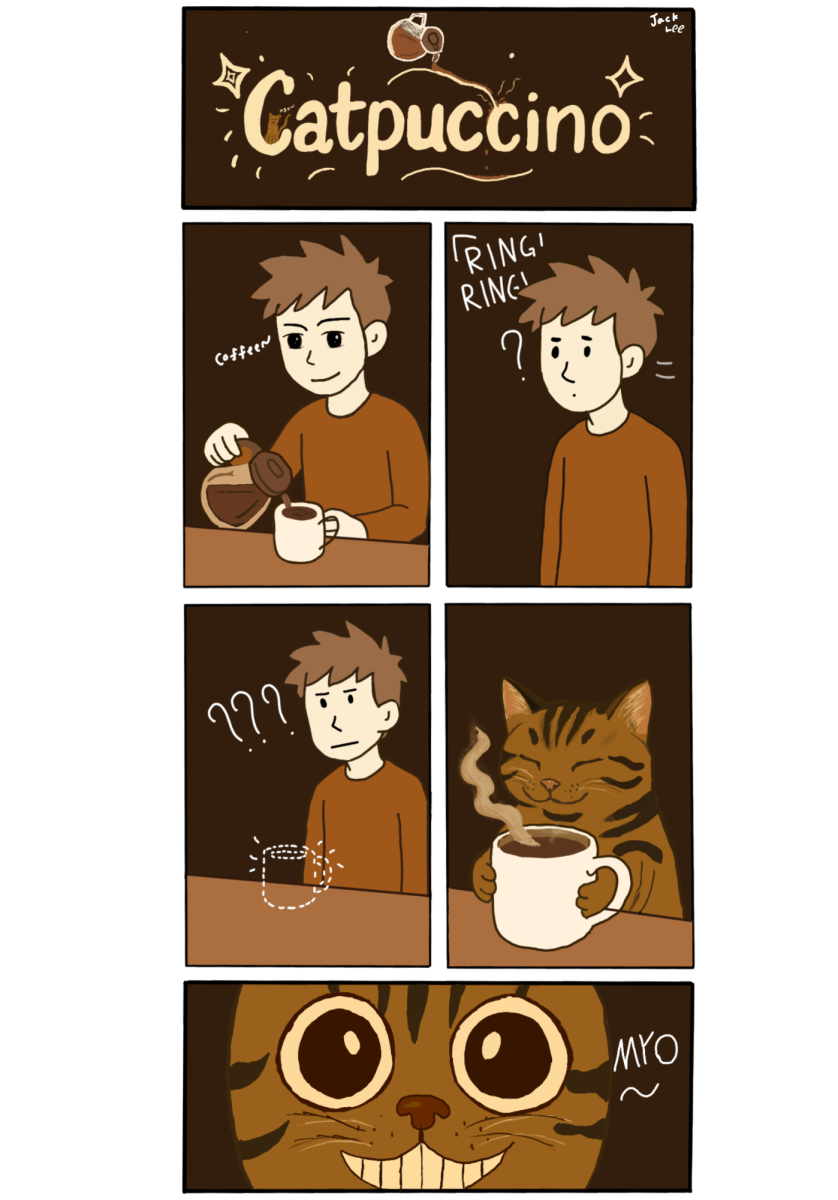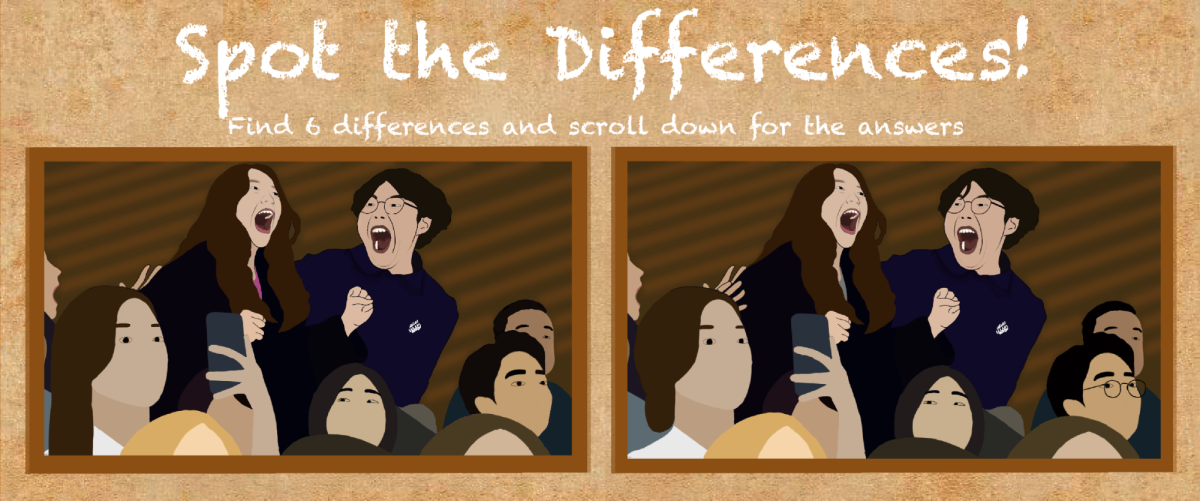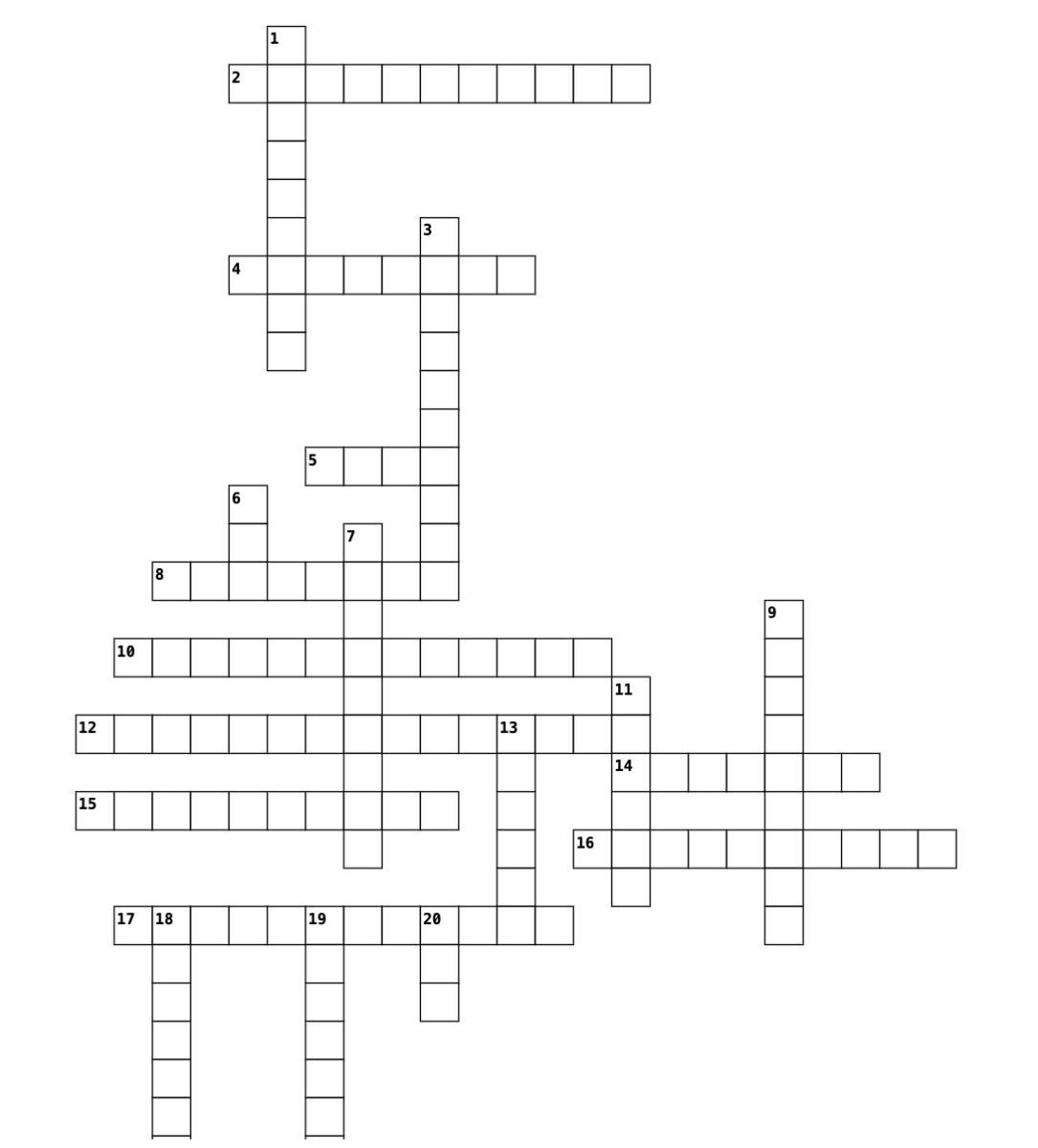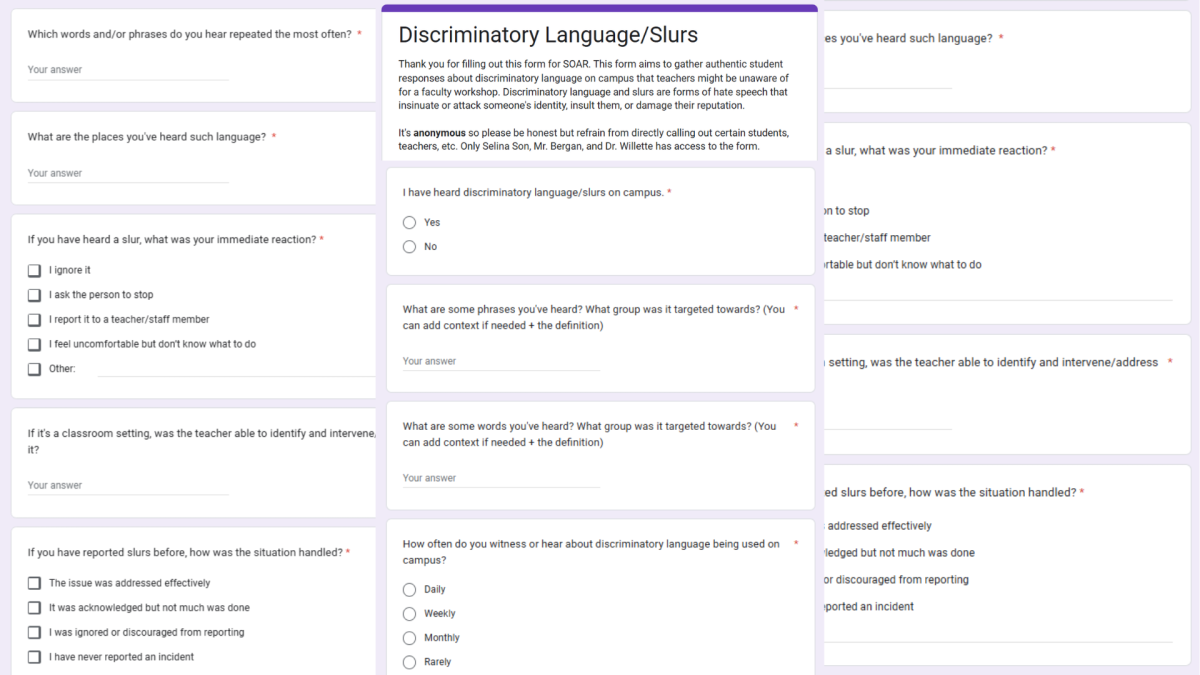Disclaimer: This includes spoilers for Season 1 and Season 2 of “Severance”
When “Severance” first premiered on Apple TV+, it quietly positioned itself as one of the most original sci-fi thrillers in recent years. Two seasons in, it has solidified its place in television as a cultural combination of the “Black Mirror” series, “1984” and even “The Office,” but ultimately separated into a dystopian niche.
What’s the story?
Season 1 follows the main protagonist Mark Scout, a widower who works at Lumon Industries. This mysterious company uses a surgical procedure called “severance” to separate employees’ work memories from their personal ones. At work, Mark functions as an “Innie” created solely to work for Lumon; after he clocks out, “Outie” Mark lives in normal society. A slow burn, the season builds a sense of unease and confusion, which culminates in a chilling finale where the chasm between Mark’s two identities crack.
Season 2, released in Jan. 2025, deepens the mystery. The Macrodata Refinement (MDR) team – consisting of “Innies” Mark, Helly, Irving and Dylan – uncovers the disturbing truths behind Lumon’s founding family, the Eagans, and the corporate politics and power dynamics that sustain the severance program. While the season feels more expansive and at times more surreal, it retains the razor-sharp focus on corporate dehumanization and the cost of compartmentalization.
Film Aesthetics
Visually, “Severance” serves as a masterclass in production design. The minimalist, retro-futuristic office spaces make the characters look like lab rats inside a massive psychological experiment. The film’s symmetry and eeriness strike a profoundly contemporary chord in their evocation of the emptiness of modern work culture.
The camera moves slowly and deliberately, like a supervisor that watches from above. Cold lighting shines on spaces that are open in design, yet feels claustrophobic. Director Ben Stiller and Aoife McArdle expertly created a world where freedom is simulated, not lived.
What is a “you” without memory?
The show’s core premise – splitting a person’s work and non-work memories – raises philosophical discord that transcends barriers of a sci-fi movie. Is identity continuous or situational? Are we morally responsible for our choices we can’t remember?
In Season 2, these questions turn personal. Helly’s character becomes a way to examine bodily autonomy. Irving’s fragmented dreams hint at unconscious leaks, trauma that refuses to stay hidden. The show doesn’t spoon-feed answers, instead it insists that we as humans inherently go against the idea that who we are may entirely depend on the systems that define us.
Horror of Corporations: The Lumon Industries
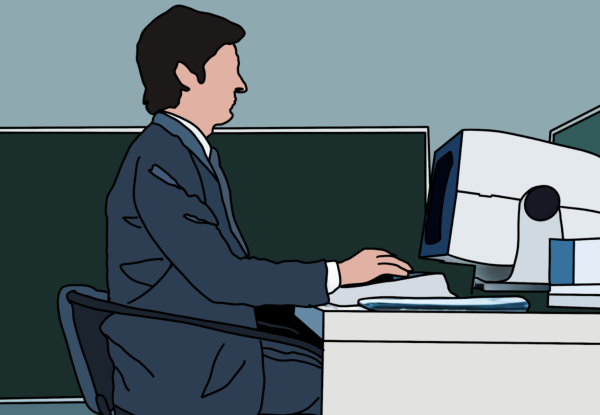
In “Severance”, Lumon Industries doesn’t control its workers through violence, but through strict routines and the company’s “Kier” culture. The office looks pristine with its paste tone, “Innies” participate in HR-approved activities under constant surveillance. Workers often attend Wellness Sessions and team-building exercises. They constantly hear the repeated mantra: “Praise, Kier [the company’s founder].” Season 2 elaborates more on how companies control their employees without force, rather their ideas, through gaslighting. The workers willingly follow suit. The company psychologically reprograms the Innies’ happiness, and even allows them to get a glimpse of their Outie’s life.
The Performances
Brilliant acting from all cast members brought Lumon to a plausible reality. In Season 1, lead Adam Scott portrays silent devastation perfectly, shifting from the emotionless, naive employee to a grieving man that makes the audience believe in “Mark Scout.” In Season 2, Helly, portrayed by Britt Lower, anchored the show with her emotional chaos and urgency through realizations of her Outie-self. Additionally, antagonist Seth Milchick, played by Tramell Tillman, captures the charm and fanaticism of an employee – which hints at the sinister nature of the company behind the curtain.
In the end, “Severance” isn’t just about work but our innate nature to sacrifice our essence in exchange for order, comfort and escape. With haunting visuals, eerie performances and ethical dilemmas, the show challenges our understanding of identity: where corporatism consumes humanity, freedom long forgotten. As the ending credits roll, the audience leaves with the simple and chilling truth: the scariest systems are the ones we choose to stay in.

